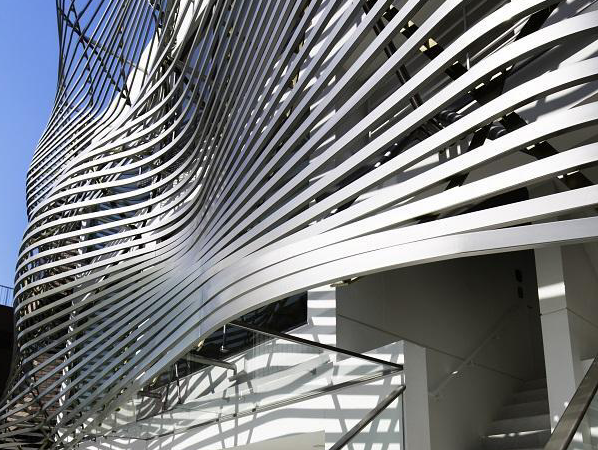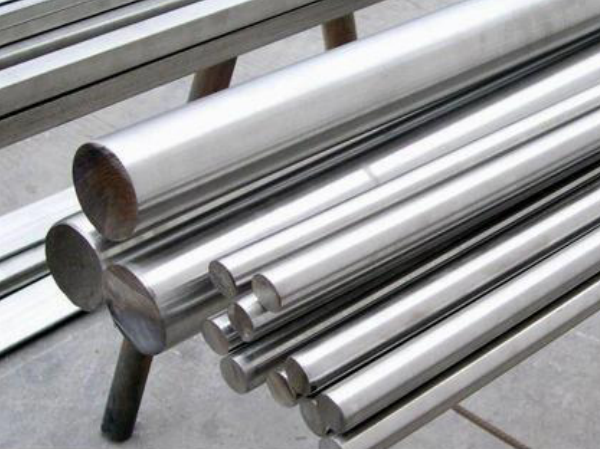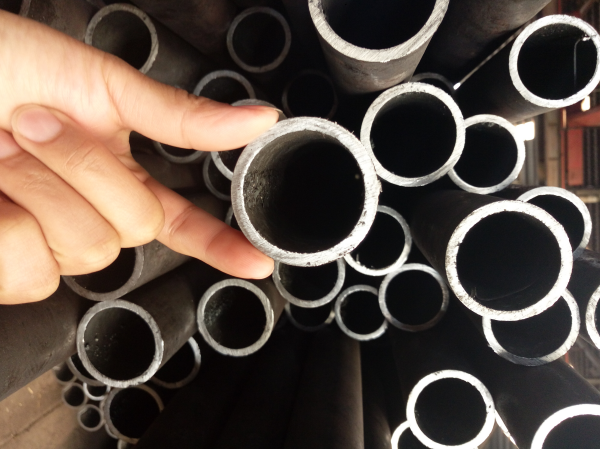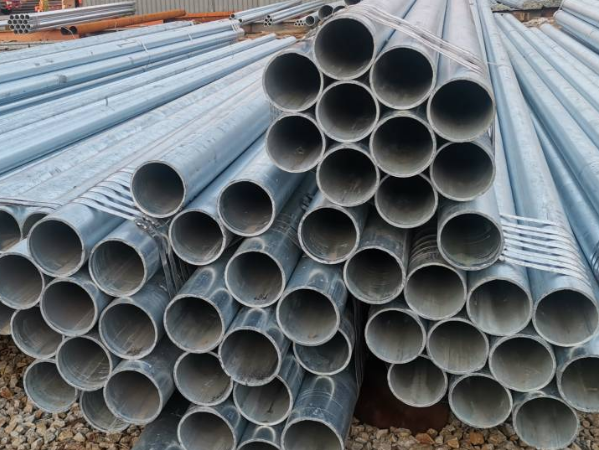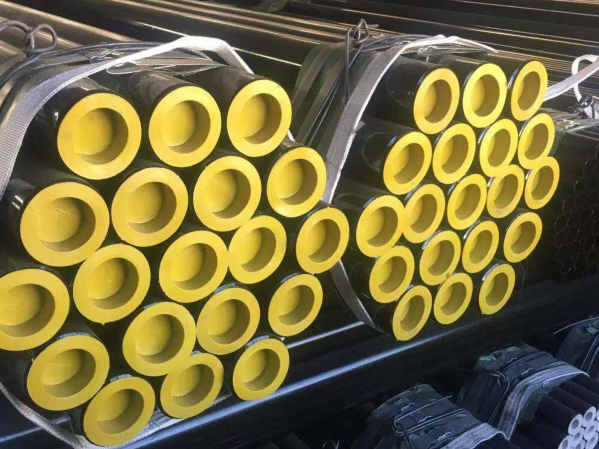-
stainless steel (stainless steel seamless pipe) is currently used in many industries. in addition to traditional industries and marine construction, the use of household appliances is also increasing. although stainless steel is more expensive than mild steel pipe, its superior properties result in
-
stainless steel is the abbreviation of stainless and acid-resistant steel. the steel grades that are resistant to weak corrosive media such as air, steam, and water, or have stainless properties are called stainless steel; the steel type is called acid-resistant steel. common products are stainless
-
mild steel pipe, mild steel seamless pipe, ms seamless pipe manufacturer & supplier mild steel pipes are manufactured using low carbon (less than 0.25%) steel. as ms pipes are made from mild steel they can easily be welded and formed in various shapes and sizes for pipelining and tubing purposes.mil
-
zinc is a common metal element with good anti-corrosion properties. therefore, zinc is widely used in anti-corrosion treatment in many industries. among them, the galvanized pipe (gi pipe) with zinc as the main material is a common product. next, the carbon steel pipe supplier will introduce the pro
-
the performance of the seamless pipe (smls pipe) is very good, and it has a wide range of applications, and has good corrosion resistance. the practicability is indeed guaranteed, and the service life is also very long. moreover, many construction parties need to purchase steel pipes in large quanti

